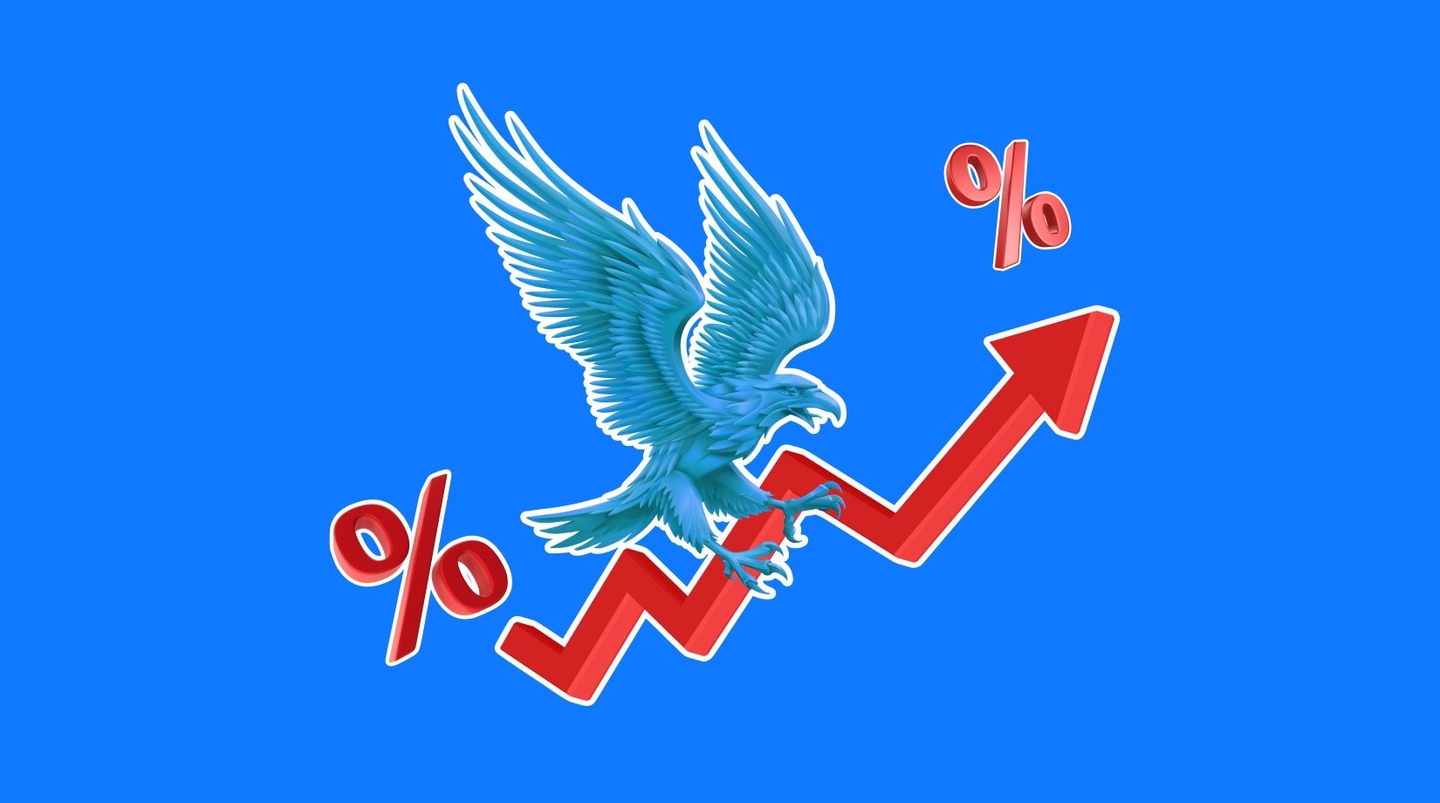US stocks are again down, and the NASDAQ has lost price gains from the past three trading days. The downward price action results from the upcoming speeches from the Federal Reserve and the European Central Bank. The market is currently pricing into the market a further 25 basis point rate hike in 2023 and a 100 basis point cut in 2024. However, economists are advising the Fed and ECB are likely to remain hawkish and indicate “higher for longer”. Due to this and bond yields adding 0.018% again, the stock market took a tumble.
The currency market also experienced a similar change in the risk appetite of the market. The US Dollar, a safe haven currency, rose in value and has renewed its recent highs this morning. This morning, the US Dollar Index rose to 104.14, trading 0.15% higher than the day’s open price. The EUR/USD is trading at its lowest price since June 14th, and the USD/JPY is at its highest since November 2022. The worst-performing currency of the day is the Japanese Yen, declining against all competitors. The Japanese Yen is largely struggling as most of its competitors are expected to hike again before the end of the year. However, the Bank of Japan maintains its ultra-dovish tone and policy.
A concern for investors as we approach the coming weeks, the latest employment and inflation data is the price of Oil. Crude Oil prices are trading 1.60% higher this morning and are correcting previous bearish impulse waves. This concerns investors due to its effect on inflation, which has already increased. However, recent comments by Iranian Oil Minister Mr Owji, who said that by the end of September, the production of “black gold” in the country would reach 3.4M barrels per day, may contribute to lower prices.
NASDAQ
The price of the NASDAQ during this morning’s Futures market is experiencing impulse waves in both directions. However, the price movement improved after the European market opened. The price has corrected gains from earlier in the week, and now investors are contemplating whether the price may rise due to the more competitive price. However, this will largely depend on the forward guidance provided by the Federal Reserve and European Central Bank.
The stock market is currently struggling with the idea of a more restrictive monetary policy, poor economic data and high bond yields. However, quarterly earnings data support the components, at least on the “fundamental” side. One of the US’s leading software companies, Intuit, reported $2.70 billion in revenue, beating Wall Street’s expectations of $2.64 billion, and earnings of $1.65 per stock, over the $1.44 forecast. Intruit is the 21st most influential stock within the NASDAQ. The stock declined as the company board of directors gave warnings for the upcoming quarter.
The Chinese Internet technology company NetEase reported a decrease in revenue to 24.01 billion, while analysts had expected 24.84 billion. American manufacturer of memory and microcontrollers Marvell Technology reported earnings of $1.34 billion, up from $1.33 billion forecast, and earnings per share of 0.33 dollars, compared to expectations of $0.32.
The price of the NASDAQ is currently seeing a bullish impulse wave on a 1-minute and 5-minute timeframe. However, on longer-term timeframes, sell signals remain. If the price declines below $14,808 throughout the day, sell signals can develop. Whereas, price action gives a more favourable potential entry to short the asset at $14,817. When monitoring Order Flow and Cumulative Delta stats, analysts can still see lower buyer levels than previous bullish waves. However, a hawkish Central Bank will be required to obtain strong sell signals.

Summary:
- US stocks are again down, and the NASDAQ has lost price gains from the past three trading days.
- The market is currently pricing into the market a further 25 basis point rate hike in 2023 and a 100 basis point cut in 2024. However, the Federal Reserve is likely to remain hawkish for longer than priced.
- Intruit beats Wall Street expectations, but the stock declines as the board of directors give a chilling warning for the next quarter.
- Earnings continue to support the stock market but cannot cover investors' concerns of higher interest rates and an economic downturn.


